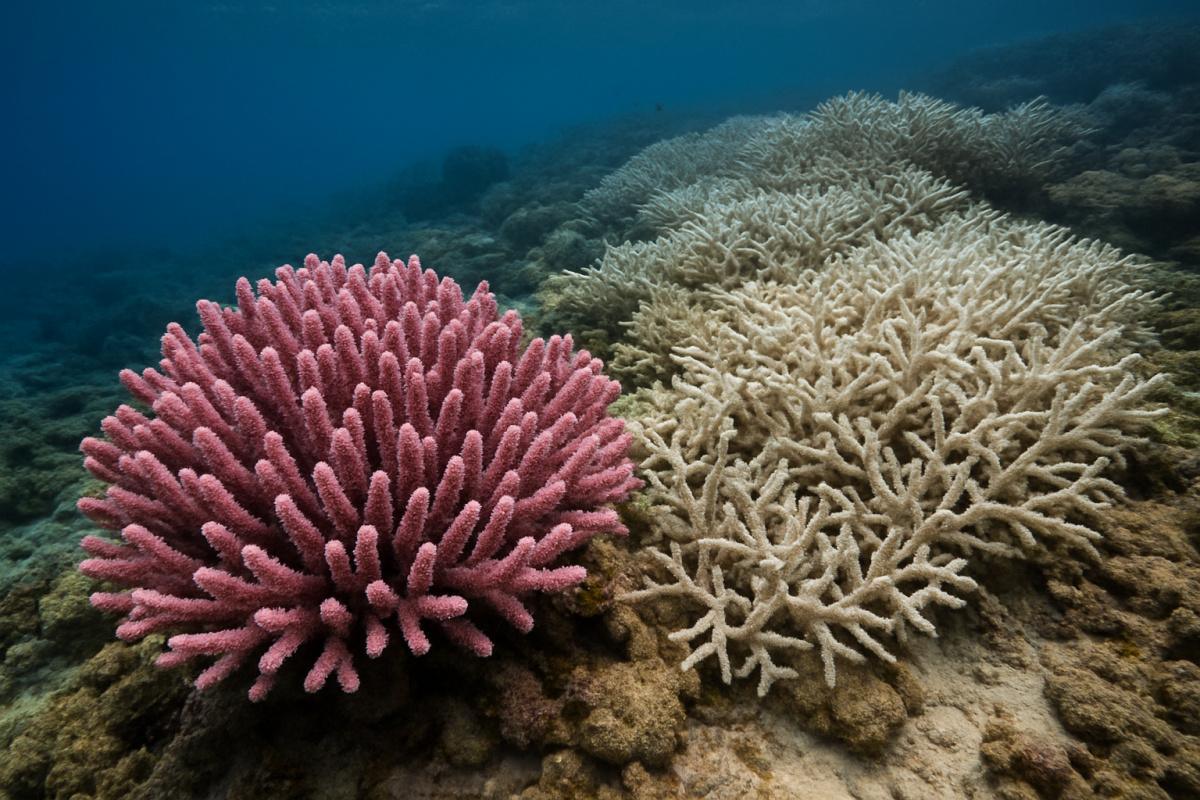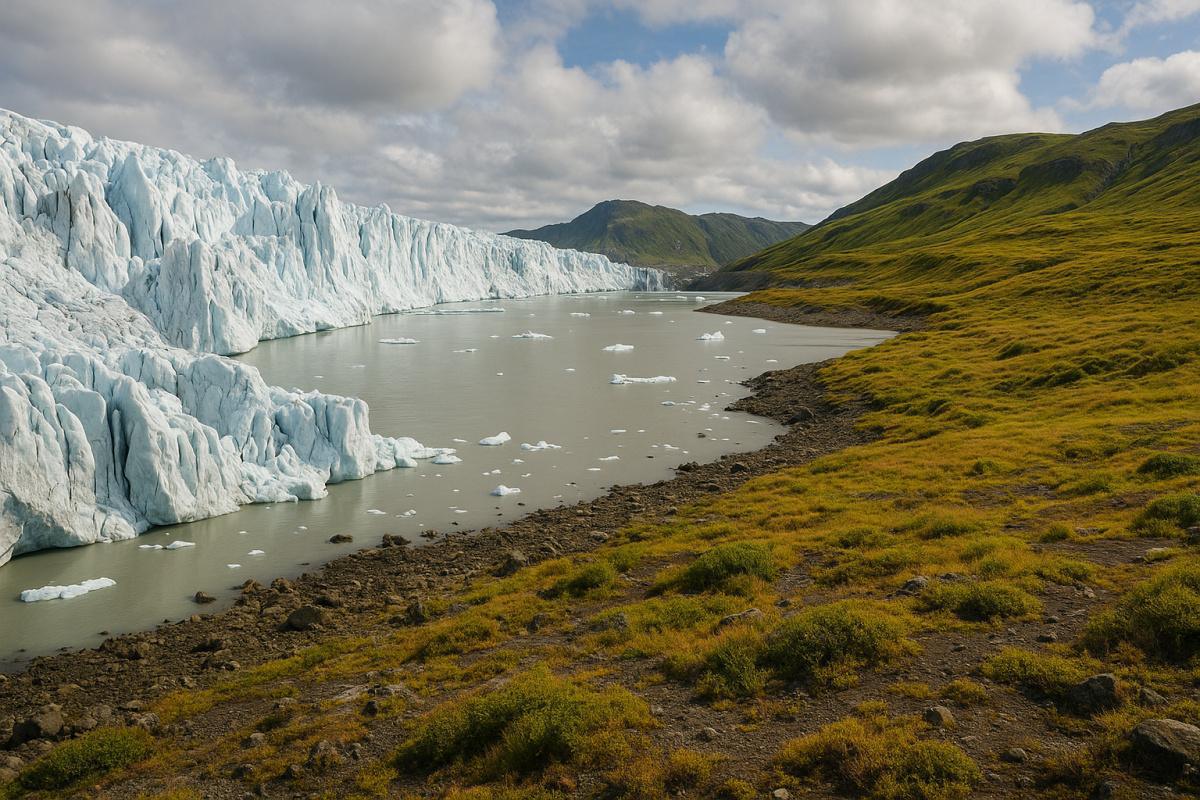The planet’s natural environments are delicately arranged into biomes—vast ecological zones like tundras, deserts, grasslands, and rainforests—each with their own climate, flora, and fauna. But what happens when these neatly bordered biomes start to blur, bump, or even break into each other? As climate change, deforestation, and human expansion push ecosystems out of balance, we’re witnessing a new and profound phenomenon: the biome switch. This is not just a shift in vegetation or temperature; it’s a wholesale reordering of life itself.
A biome switch occurs when one ecological region begins to transform into another due to environmental stressors or long-term changes in climate patterns. For example, vast swaths of the Amazon are drying out, putting the rainforest at risk of becoming savannah. Similarly, tundra landscapes in the Arctic are greening as warming temperatures invite grasses and shrubs where once only mosses grew. These transitions aren't just cosmetic—they alter everything from carbon storage to animal migration.
This transformation poses a challenge for species adapted to highly specific conditions. Polar bears, for instance, are losing their icy hunting grounds and being forced into boreal forests they aren’t equipped to navigate. Coral reefs, often described as the "rainforests of the sea," are bleaching and dying, making way for algae-dominated seascapes. In each case, the collision of biomes creates a kind of ecological whiplash, where life struggles to recalibrate or vanishes altogether.
One of the most striking examples is in sub-Saharan Africa, where the Sahara Desert is slowly encroaching on the Sahel, a narrow zone of grasslands. This isn’t a slow march of sand dunes—it’s a feedback loop of drought, overgrazing, and climate warming. What used to be pastureland now increasingly resembles arid desert, turning once-vibrant communities into climate refugees. Here, the biome switch becomes a humanitarian crisis, too.
But it’s not all loss and erosion. Some biome switches create novel ecosystems, where species from different regions interact in unexpected ways. In the temperate forests of the U.S., warming temperatures have allowed southern species like armadillos to move north, while invasive kudzu vines turn forests into leafy jungles. These hybrid zones can be oddly biodiverse, though they often lack the stability or equilibrium of long-established biomes.
The biome switch also scrambles our sense of ecological time. Where we once expected change to unfold over centuries, we now see entire landscapes transform in a matter of decades—or less. Satellite data from NASA shows that boreal forests are shifting northward at an unprecedented rate, replacing tundra, while deserts are expanding in multiple continents. It's as if the Earth’s biomes are being shuffled in fast-forward.
Ecologists and conservationists are struggling to keep up. Protected areas were often designed around the assumption of static habitats, but what happens when the habitat itself moves? A wildlife refuge created for prairie birds might find itself overrun by invasive trees, while alpine parks may lose their snowpack altogether. Conservation must now become mobile, flexible, and anticipatory—something the field is only beginning to grapple with.
The implications are also philosophical. Our understanding of “nature” has long been rooted in permanence and place. We think of the Everglades as wetlands, the Amazon as a jungle, the Great Barrier Reef as coral. What does it mean when these identifiers no longer hold? The biome switch challenges us to rethink our relationship to a planet in flux, where even the most iconic landscapes are transient.
Scientists are now experimenting with the concept of “assisted migration”—intentionally relocating species to areas where they might survive as their native habitats disappear. It’s a controversial approach, teetering between heroism and hubris. Do we let nature take its course, or do we play ecosystem architect? Either way, biome collisions are forcing us into uncomfortable but necessary decisions.
In the end, the biome switch isn’t a single event—it’s a global remix in progress. The borders between deserts and forests, oceans and coasts, mountains and plains are becoming less fixed, more fluid. And while this ecological turbulence may spell doom for some species, it may also spark resilience, innovation, and surprising new balances. Nature, after all, is nothing if not adaptive—even when the rules of the game are changing fast.


